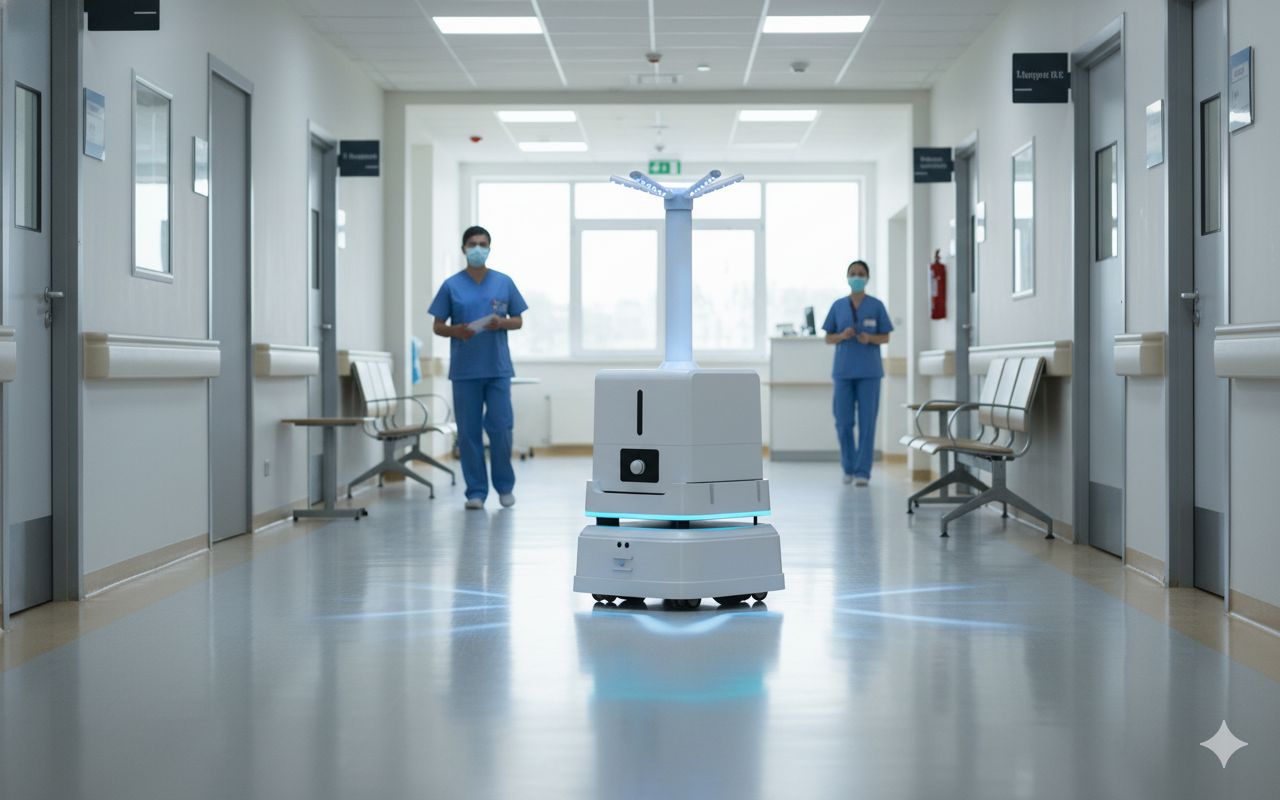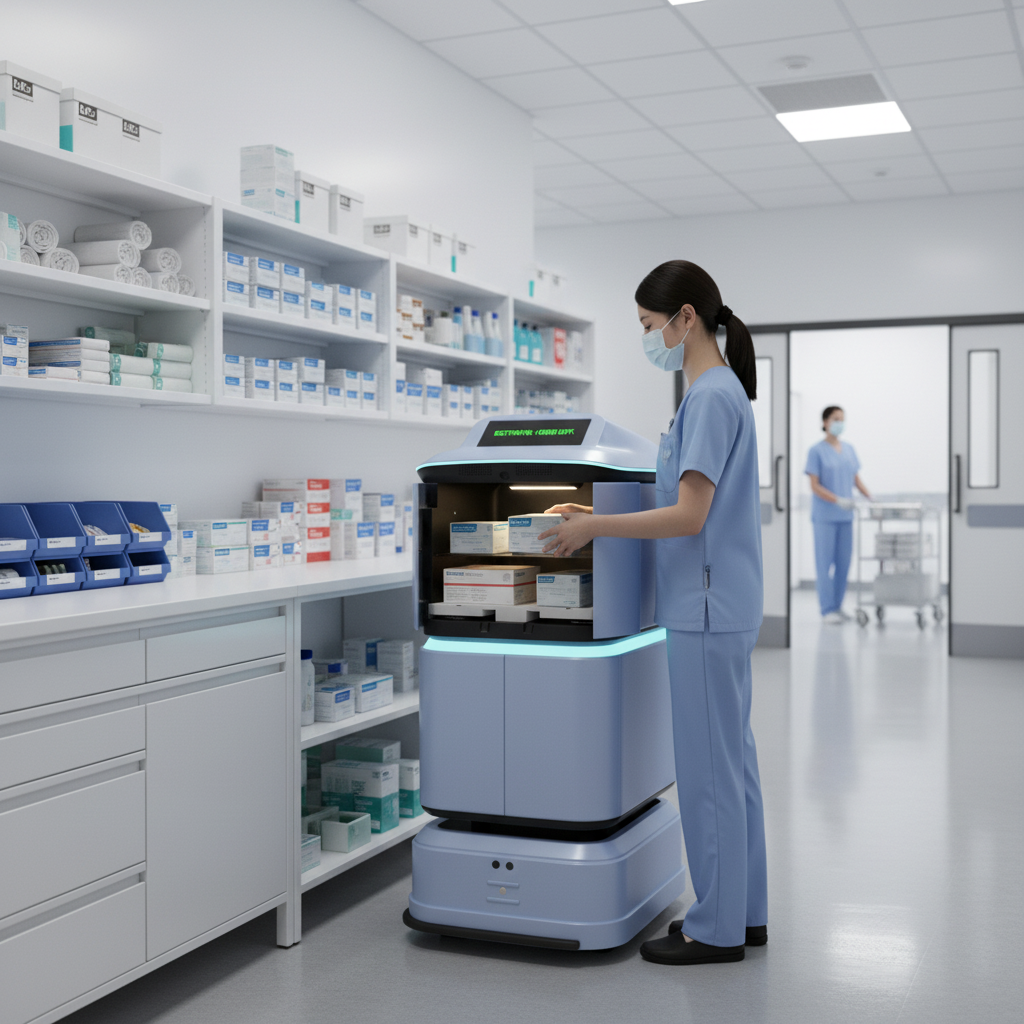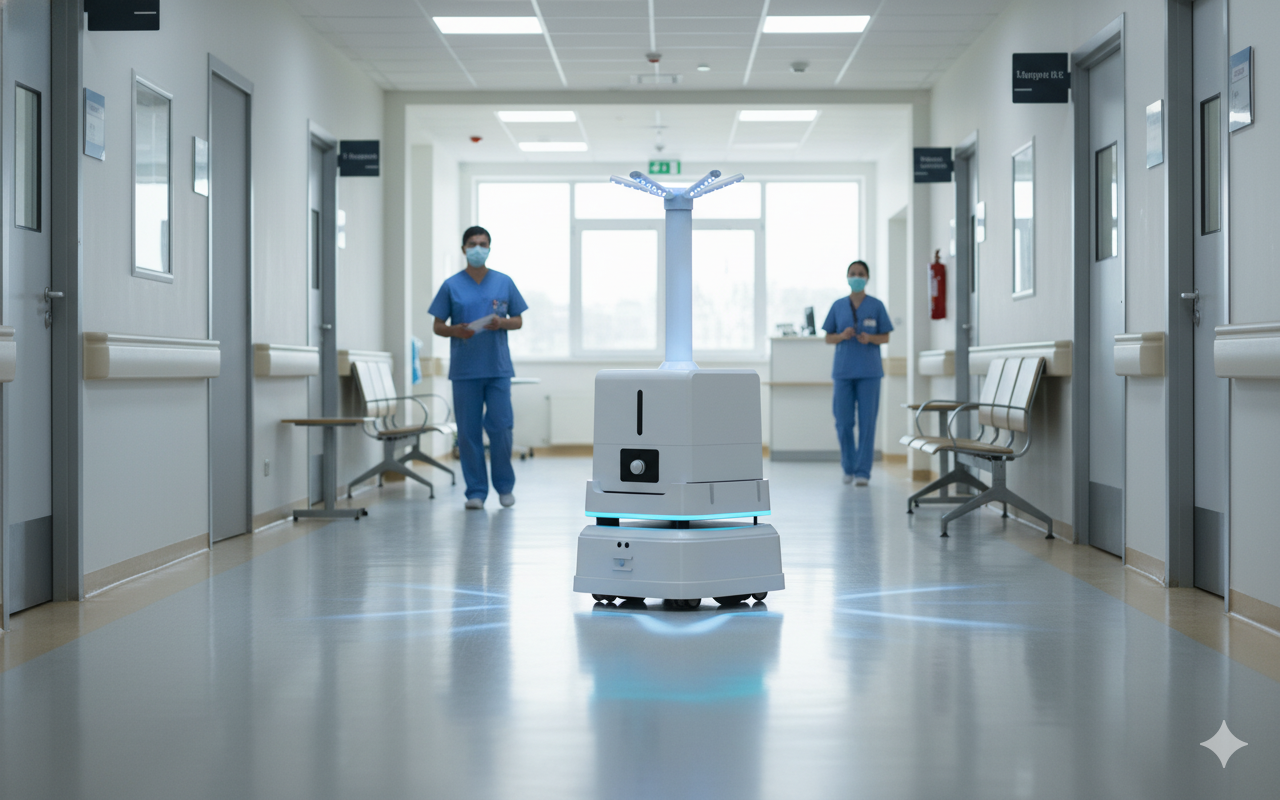How Restaurants, Hotels, and Healthcare Organizations Are Integrating Intelligent Service Robots
Service robots are no longer futuristic concepts — they are becoming essential operational tools across multiple industries. Yet adoption varies widely across sectors, driven by different needs, cost structures, environment constraints, workforce challenges, and digital readiness.
This report compares robot adoption in restaurants, hotels, and healthcare, supported by industry insights, a cross-sector comparison table, and future trend projections.
1. Cross-Industry Comparison at a Glance

2. Why Adoption Differs Across These Industries
Restaurants: The Fastest Adopters

Restaurants face ongoing pressure from:
-
Rising labor costs
-
High staff turnover
-
The need for fast-paced, repeatable workflows
This makes robots an appealing way to stabilize service quality and manage peak hours.
Real Customer Pain Points in Restaurant Operations
Despite the strong benefits, two operational barriers frequently appear in real deployments:
Pain Point #1 — Initial Setup, Mapping, and Route Configuration
When restaurants first receive the robot, they must complete:
-
Localization
-
Map creation
-
Route configuration
-
Drop-off point setup
For new operators, this process typically requires 3–5 days of remote engineering guidance, which is the current industry standard.
If a restaurant changes its layout or relocates the charging dock, the map must be recreated — adding ongoing operational work and potential service costs.
Pain Point #2 — Updating Promotional Content on the Robot’s Display
Many robots allow restaurants to play videos or display ads, but not all robots support Wi-Fi wireless content updates.
Some models still require:
-
Physically opening the robot's cover
-
Removing the storage drive (e.g., USB stick)
-
Manually replacing the video/image files
This creates repeated operational workload and may require technical staff — another hidden cost restaurants must factor into long-term operations.
Discover Xyser Robotics solutions
Hotels: Focused on Guest Experience and Brand Differentiation

Hotels use robots to deliver:
-
Amenities
-
Towels
-
Room service items
-
Late-night deliveries
They value robots not just for efficiency but for brand image enhancement and customer satisfaction.
However, hotels face complex infrastructure challenges:
-
Multi-floor environments
-
Elevator integration
-
Dynamic human traffic in corridors
-
Need for stable network conditions
These barriers slow down widespread adoption.
Healthcare: Careful but Growing Adoption

Hospitals are adopting robots steadily, driven by:
-
Contactless workflows
-
Strict hygiene requirements
-
The need to reduce staff fatigue
But adoption is cautious due to:
-
Highly regulated environments
-
Narrow hallways and restricted zones
-
Data privacy concerns
-
Integration with existing hospital IT systems
Still, logistics robots are expected to grow rapidly in this sector in 2025–2027.

3. Trend Analysis: Where Each Industry Is Heading
Projected Robot Penetration Trend (Illustrative Area Chart Description)
If visualized as an area chart representing industry penetration from 2020–2027, the trend would look like this:
-
Restaurants:
A steep upward curve, becoming the largest shaded area by 2023–2025, maintaining its lead through 2027. -
Hotels:
A slower but steady incline, with a noticeable rise beginning in 2024 as more hotels adopt robots for 24/7 delivery and smart guest services. -
Healthcare:
Starting from a smaller base but accelerating rapidly after 2025 due to rising demand for automated logistics and hygiene-focused operations.
This visualization shows how restaurants lead adoption today, but healthcare has the strongest forward momentum.
4. Industry Insights Summary
Restaurants
-
Strongest and fastest adoption
-
Biggest pain points: mapping workload and content update limitations
-
Clear ROI due to high turnover and repeatable service workflows
Hotels
-
Adoption driven by guest experience
-
Slower due to multi-floor environments and hardware integration needs
Healthcare
-
Growing demand for logistics automation
-
Adoption regulated, careful, but accelerating
Final Thoughts
Service robots are reshaping operational models across multiple sectors. While restaurants currently lead deployment volume, hotels and healthcare are quickly catching up — each driven by unique operational goals and customer expectations. Understanding the true operational pain points, such as deployment workload and content update limitations, is essential for businesses planning long-term robot integration.
Discover Xyser Robotics solutions
Read more:

